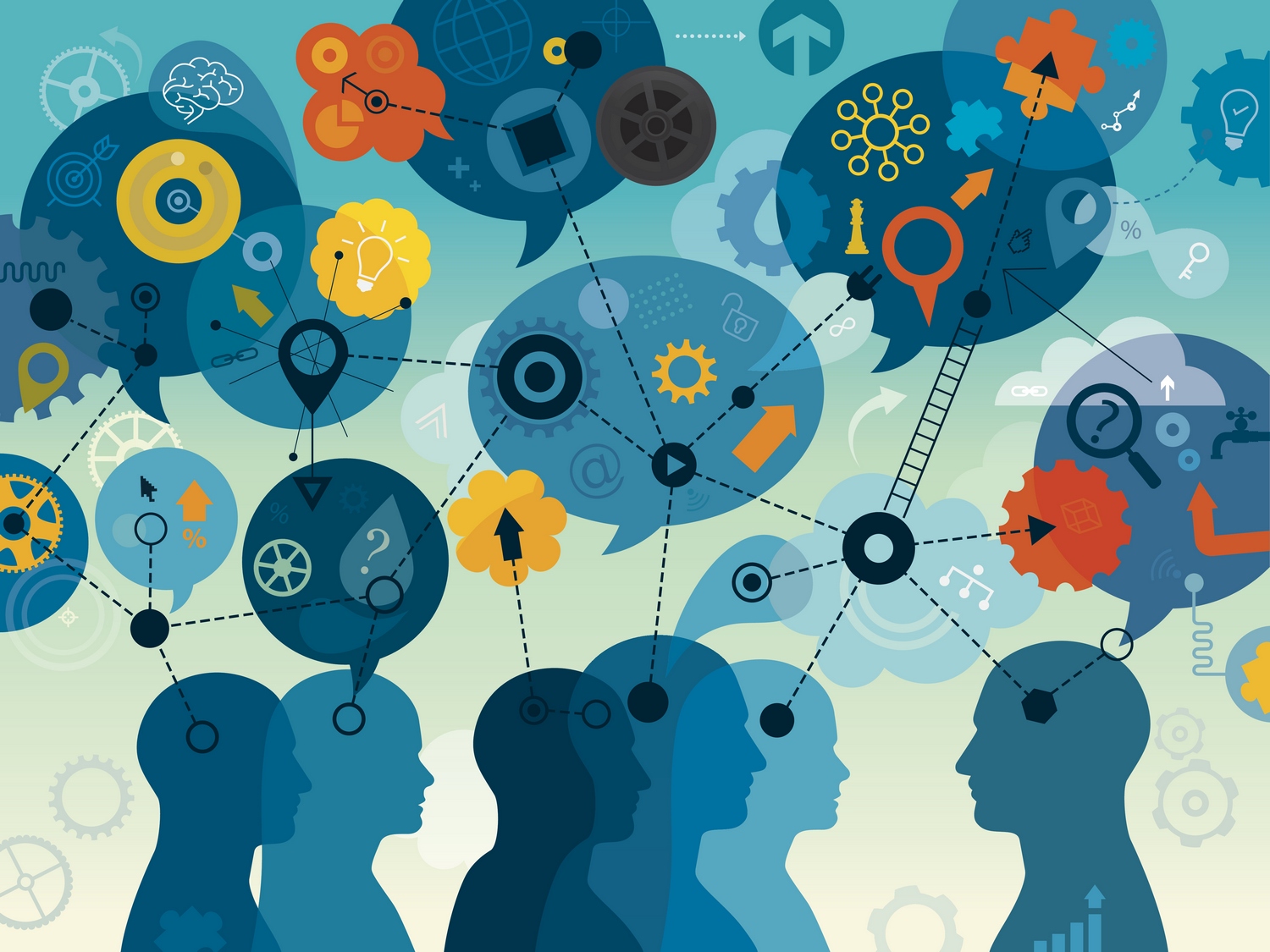Industry 4.0 is still ongoing, but we can already see some of the most important effects, such as the almost complete robotization of almost all manufacturing production and digitalization of an increasing part of consumption. After the disappearance of the working class, now also white-collar jobs are put under threat together with the middle class of shopkeepers, which was the backbone of retail trade.
A number of more or less worrisome predictions have been made regarding the number of jobs that will disappear, starting from the seminal paper of Frey and Osborne. Their prediction was that 47% of the current jobs will be lost, which is not such a big share if we look retrospectively at the labor market impact of past industrial revolutions. Other scholars have predicted a lower share of job loss. It is clear that most tasks, especially the routine-based ones, within a large number of jobs will disappear. What remains still unclear is whether this will also make the jobs disappear altogether, or whether jobs will dramatically change from the way they are done today.
Rising importance of work-related skills
At the same time, new products, new consumption patterns and therefore new jobs are going to be created. At the moment, it is impossible to predict the exact number and even the field in which they will be created. Looking at the skills that are most under threat today, our educated guess is that the jobs which will survive and even develop further will be those that require a big deal of creativity. Such jobs will need to embody an ever higher level of human capital. And human capital in this case does not only mean general education (especially in the STEM fields) but especially work-related skills and competences.
General work-related competences (adapting to the hierarchical and functional division of labor, teamwork, dealing with customers) can more easily be learned through any kind of work experience, even of relatively short length. In contrast, job-specific competences can be learned only through long periods of on-the-job training. These refer to specific tasks that are done only in a given type of job, such as designing a building or doing the accounting for a company.
Extending the principle of dual education
How should educational systems and school-to-work transition (SWT) regimes be modeled to better serve the needs of Industry 4.0? Although a high level of general education will be important for its training content to develop adaptability, it is not the only component to develop. What will be increasingly important are the work-related skills.
This will require important educational reforms to favor an ever-better integration of educational institutions and the world of work, especially in the countries whose SWT regime is sequential (training after education) rather than dual (education together with training). Educational systems should learn to work with the world of business and thus collaborate with it. School and university rooms need no longer be the only places where human capital is generated. Firms should also become learning and training places again, as they used to be before the first industrial revolution.
The duality principle is the basis for a strong diversification of the supply of education. It should cross through the entire educational system, from high secondary school (work-related learning, vocational education and training, and apprenticeship) to bachelor degrees (professional universities for those who received vocational training, and high-level training or apprenticeships for university students) and post-graduate programs (master programs with on-the-job training, business incubators and training for self-employed and entrepreneurs, and industrial doctorates). In addition, life-long learning should be offered to help those who lose their job or wish to start a new occupation.
